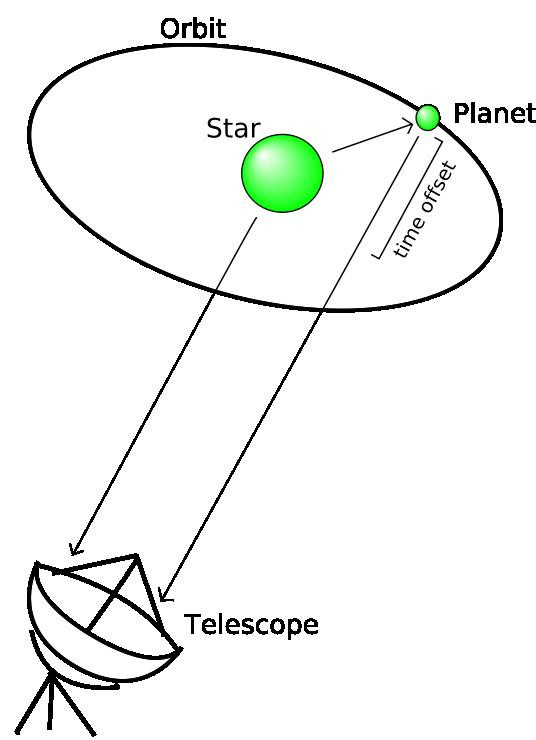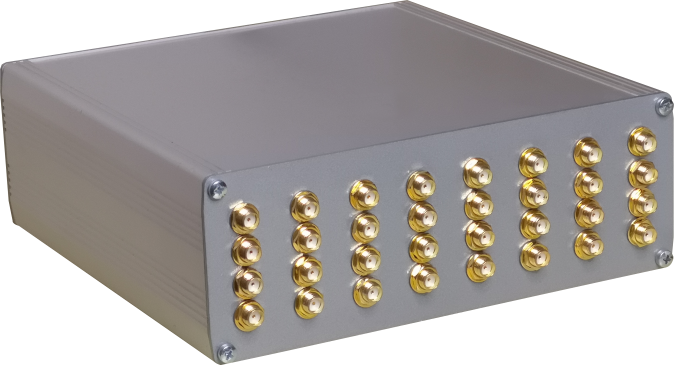Exoplanets orbiting around a star are observable in various ways.

Typically astronomers use techniques like photometry to determine if a planet transits in front of a star by observing the light curve of a variable star.
An instant drop-off of the luminosity of the star, and a drop-on of the self, mostly indicate that a planet transits in front of the observed star, expecially if this is observed periodically during an amount of time.
Another technique is called “reflex motion”:
This technique is often used on pulsars in radio astronomy. A pulsar emits very strong magnetic emissions in the radio wavelength regime.
A planet orbiting around a pulsar, when this is in the opposite side of the star (that means the pulsar is in middle way between the planet and Earth), reflects parts of the radiation of the pulsar.
These reflected radiations arrive delayed to an earth observer.
This event can be observed by an autocorrelator.

An autocorrelator like the XC series cross-correlators in autocorrelation mode can reach temporal precisions down to 5 nanoseconds.
The XC series crosscorrelators can decrease the temporal resolution time up to 65µs each step, so to coarse precision but acceptable in astronomy.
Light and radio emissions travel at the speed of light and each 3 nanoseconds travels to around 1m.
The autocorrelator shows the total emissions during an offset time, so if a planet reflects the light or radio emissions from a star, you can grab the actual perspective distance from the star itself to the planet with an extreme precision.
This obviously isn’t restricted to radio astronomy: a measurement can be done with optical sensors like photomultiplier tubes, avalanche photodiodes or silicon photomultipliers.